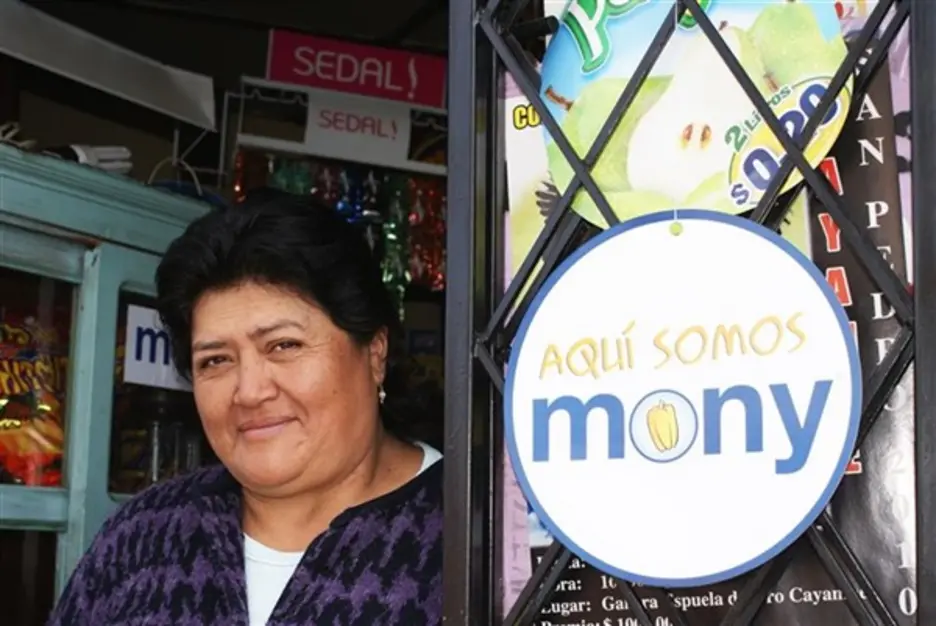Corporate social innovation is the new corporate social responsibility

[caption id="attachment_3759" align="alignleft" width="397"] Corporate social innovation for business models[/caption]
Corporate social innovation for business models[/caption]
Corporate social responsibility
This “corporate social innovation” is the latest advance along the continuum of corporate social responsibility, which began in the 1990s when many companies embraced worthy community causes in areas where they operated. Programs focused mainly on the company’s reputation and license to operate, with little direct connection to their bottom line. For example, Microsoft initiated an annual Employee Giving Campaign, where employees attend fundraising events for nonprofit organizations.
Good corporate citizenship
This evolution continued in the 2000s when companies integrated good corporate citizenship into their business models, often through partnerships with development finance institutions. For instance, when the International Youth Foundation and the Multilateral Investment Fund (MIF) of the Inter-American Development Bank Group launched the New Employment Opportunities Program (NEO) for youth in 2012, five large companies pledged resources and joined the alliance: Arcos Dorados, Caterpillar, CEMEX, Microsoft, and Walmart. NEO offers job training and placement services to improve the employability of poor youth and thereby the quality of the workforce throughout Latin America and the Caribbean. The member companies, some of the largest employers in the region, are contributing money and helping to shape the training curriculum and other employment services. The partnership is paying off; NEO is on track to reach 1 million youth through effective job-training programs by 2020.
Shared value
In 2011, professors from Harvard Business School published an article on "Creating Shared Value," and since then, there has been a growing global movement to make societal impacts integral to a company’s strategy. SABMiller, the world’s second-largest brewer, was an early adopter. SABMiller and the MIF’s 4e Camino al Progreso Programtargets more than 380,000 small retailers in SABMiller’s biggest Latin American markets: Colombia, Peru, Ecuador, Panama, Honduras, and El Salvador. The 4e program, which began in 2013, aims to improve small retailers’ business performance—and therefore quality of life and leadership abilities—through a combination of classroom training and in-store mentoring on business, life skills, and leadership, and by strengthening the broader “business ecosystems” in which the retailers operate, with a special focus on improving their access to financing and technology. The hope is that this effort will strengthen SABMiller’s retail network and sales.
Corporate social innovation
The latest evolution on this continuum was the advent of corporate social innovation (CSI). The World Economic Forum launched the Global Agenda Council on Social Innovation in 2014—bringing together an unlikely cross section of corporate leaders, impact investors, and development executives—and offered a definition for CSI that builds on shared value concepts: when companies proactively design and implement business models that increase incomes and better the quality of life of underserved or vulnerable communities and bottom of the pyramid markets. The mutual attraction for the unlikely bedfellows is that CSI initiatives are often fueled by corporate venture capital—the investment of cash reserves from a company to fund new endeavors.
A new alignment is emerging among corporate venture capitalists and impact investors. The corporate venture capitalist is seeking returns for the company and new capabilities or access to markets that are aligned with its long-term business strategy. The impact investor is interested in placing capital into companies and generating measurable social and environmental impact, together with a financial return. The impact investor also wants to expand effective development solutions and—together with development finance institutions—is beginning to understand that working with large companies may be the best route. Companies that set up corporate venture funds also have in-house expertise and distribution channels that allow them to scale up successful projects.
In its study, Investing in Breakthrough: Corporate Venture Capital, the think-tank and advisory firm Volans identifies 6 sectors in which corporate venturing is active, because these sectors directly affect businesses, individuals, and the environment: cleantech, education, health, urban infrastructure and transportation, financial inclusion, and agriculture and food. Not surprisingly, these are also areas where impact investors place most investments.
Some intriguing CSI examples are emerging. To name one: Shell Foundation, the philanthropic arm of the oil giant, formed a strategic partnership with Husk Power Systems, a biomass electricity generator. In five years, Husk has installed 84 mini-power plants, providing electricity to more than 200,000 people in 300 rural villages in India. By electrifying villages, Husk is promoting economic development, as businesses are able to stay open after dark and children can study at night. Impact investors Acumen and Oasis Fund have contributed funding to the venture.
Business leaders are at the forefront of transforming societies’ ability to confront important challenges. Development finance institutions and impact investors are along for the ride, and it’s sure to be exciting.
The MIF will host a conversation about social innovation and corporate venture capital, “Impact Investing and Financing Social Enterprises: New Approaches to Bridging the Gap,” during its annual Inter-American Microenterprise Forum (Foromic), on October 26, 2015, in Santiago, Chile.
About the author
Elizabeth Boggs Davidsen is a principal specialist at the Multilateral Investment Fund (MIF), responsible for its regional economic development and value chains portfolios. She also advises on new partnership opportunities for the MIF’s grant and investment activities.
Also published on The Huffington Post
A version of this post originally appeared on the Multilateral Investment Fund Trends blog.
LIKE WHAT YOU JUST READ?
Subscribe to our mailing list to stay informed on the latest IDB Invest news, blog posts, upcoming events, and to learn more about specific areas of interest.
Subscribe



